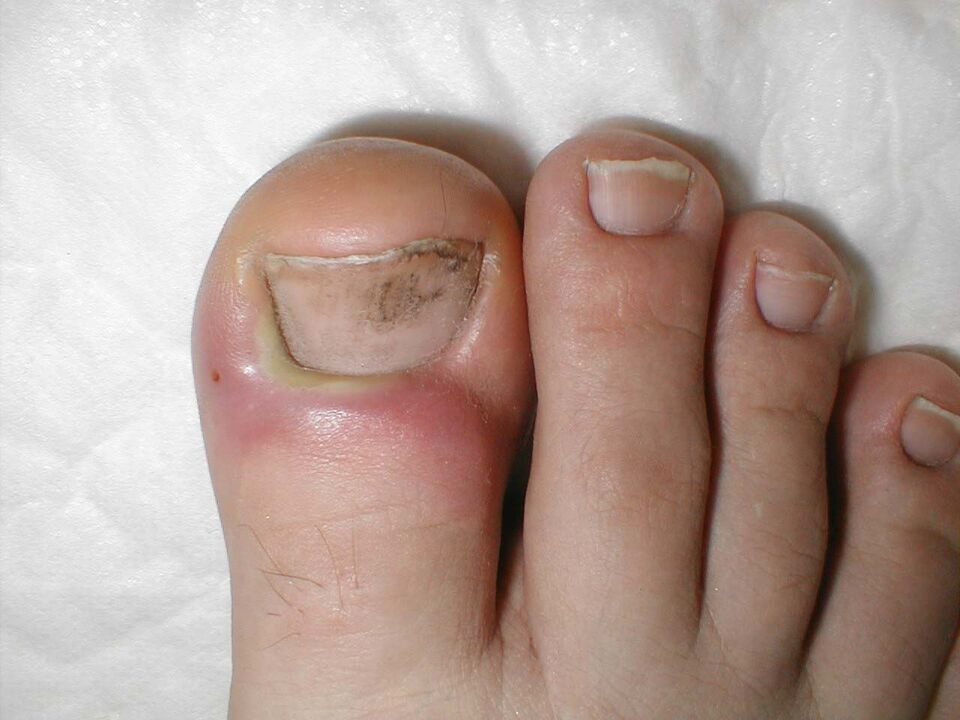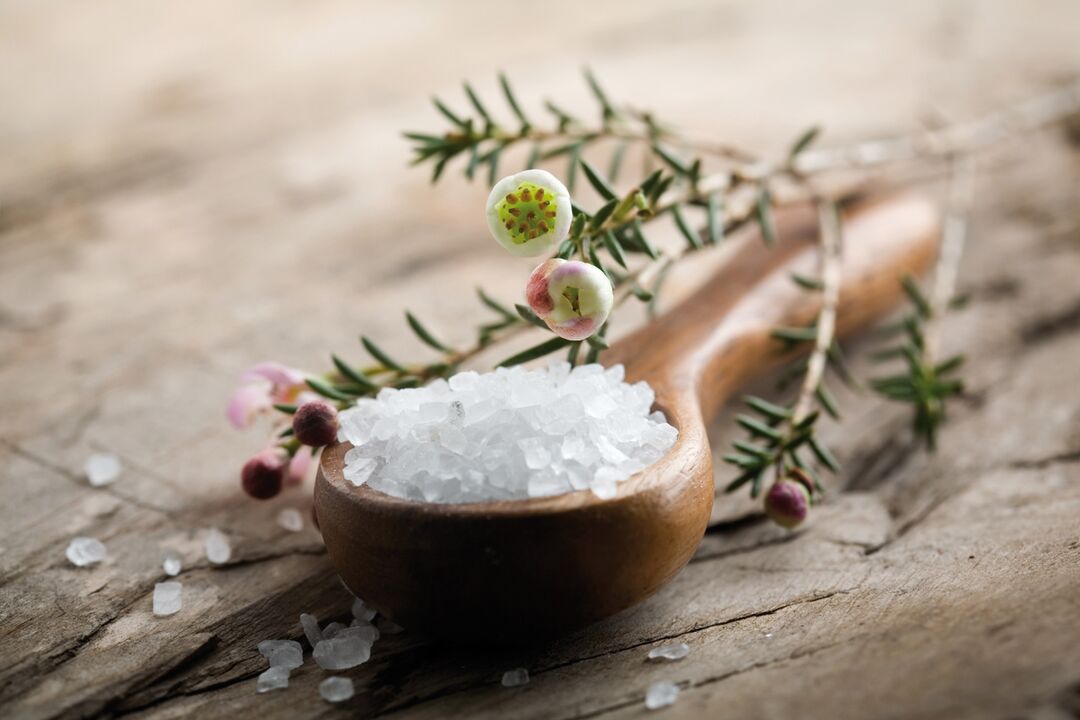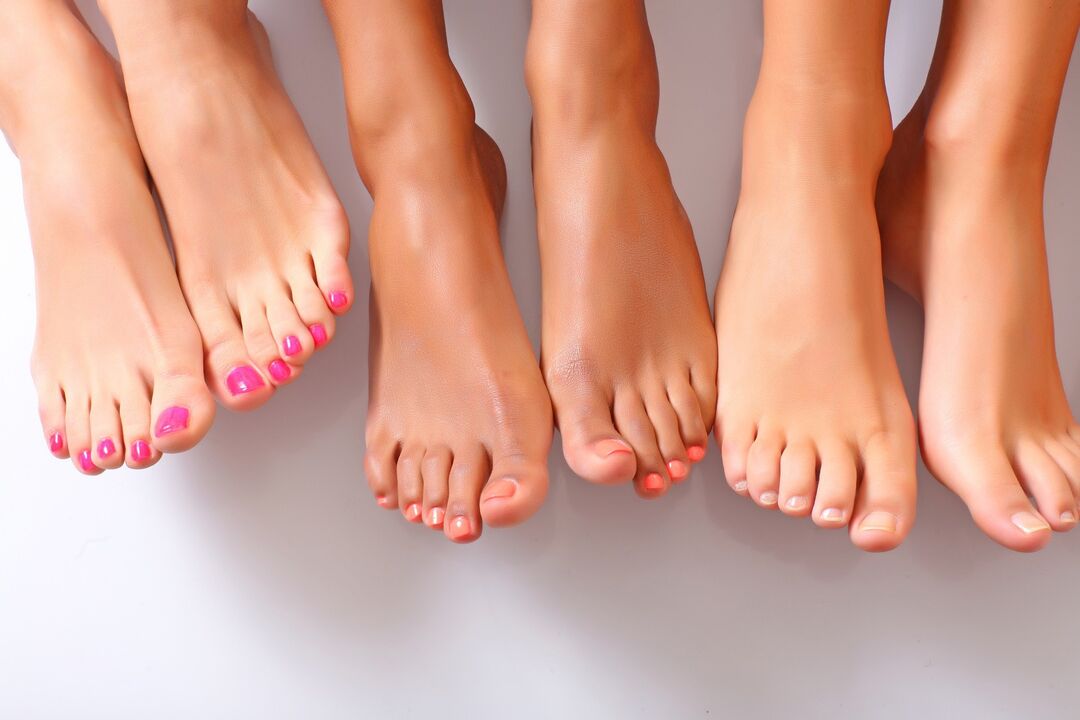
Several types of onychomycosis
- Thick.It is characterized by a change in color of the toenail, loss of luster, and thickening and deformation of the nail. The edges of the board may be damaged. In most cases, the thumb is the first involved in the process.
- Nutrition is normal.In this case, the color of the nails also changes, areas appear in the form of spots and dark streaks, but the thickness of the nail plate remains the same and it retains its shine.
- nail stripper(Another name is atrophy). This variety is characterized by the loss of affected areas of the nail plate until complete loss.
- deleted.It is characterized by peeling of the skin on the fingers; almost no pain.
- IntermittentA foot fungus characterized by severe pain. The skin on the patient's feet becomes red, especially between the toes, and then peels.




why did he appear
Under what conditions does fungus grow?
- Decreased immune system protection in all forms;
- Injuries to the nail bed, fingernails, and foot skin;
- Habits to wearing shoes that are uncomfortable, closed, inappropriately sized, and made of poorly breathable materials;
- to wear someone else’s shoes;
- Violates the circulatory system, especially the lower limbs;
- increased sweating;
- Increase humidity and temperature;
- overweight;
- diabetes;
- venous aneurysm.

traditional healing methods
suggestion!Toenails affected by onychomycosis can be cured only by correctly organizing the treatment process.
- Use disposable files for processing or sterilize metal files after use.
- Before treatment, the nails must be steamed, trimmed and the affected parts removed with files.
- All products are intended for use on affected areas of skin and nails, including healthy tissue.
- Socks and bandages need to be sterilized by boiling them in water and soda.
- Sheets should be machine washed every few days at 70-90 degrees.
- iodine.Any pharmacy has a stock of 5% iodine solution. Reviews online say there is a good chance of getting rid of fungus with this method. Apply iodine to the affected area twice daily - in the morning and at night before bed. Repeat this process until healthy nails grow back. The best results are achieved in the early stages of the disease.
notes!If you think your skin is still affected by fungus after treatment with iodine, you may be wrong as this condition can be related to chemical burns. Using facial cream can speed up the repair of the epidermis. It is recommended that a dermatologist or mycologist perform a control culture at the end of fungal treatment. - garlic.Prepare your nails as directed above. Grind the garlic into a paste and apply it in the form of a patty on the dry affected area. Then put on a finger guard or safety bandage. These dressings are left on overnight and washed off with soap and water in the morning. Continue this process until symptoms disappear; use a bandage every two days.
- onion.Grate the onion and apply the juice released to the affected area. No need to rinse the product.
- Onion skins.Another way to treat fungus is to use an onion peel infusion. 2 tbsp. Stir in 3 tablespoons of crushed dry ingredients. tablespoon liquid cooking oil. The infusion is maintained for 25 days, shaking the container regularly and applying it to the affected area of the leg. Treat 3 times a day until recovery.
- Celandine.For some reason, there is almost no information on the forums about how to treat onychomycosis with celandine. But it is a very good therapy that has been used successfully for over a century. The freshly picked plant secretes orange juice from the damaged area and is applied to all affected areas of the feet, including healthy tissue. This process should be repeated every 3-4 minutes. Four times in a row, twice a day - in the evening and in the morning. You are sure to see positive results within 30 days.
- potassium permanganate.After steaming at night, wipe the areas on your feet where fungi are growing with gauze or a cloth soaked in potassium permanganate solution.
- Medical alcohol.Apply an alcohol-soaked cotton swab to the affected area and between your fingers for 15-20 minutes twice a day for 14 days.
- sea salt.A concentration of 100 grams of salt per 100 ml of water is recommended for bathing. The course lasts 20 days.
- radish.Dry the radish tops and grind into powder. You can use it regularly by pouring it into socks, shoes and spraying on the affected areas.
important!Socks should be cotton and changed daily. - Treat with vinegar and eggs.Pour one raw egg into 100 ml. 9% vinegar and place in a dark place until the shell dissolves. After this, remove the film from the eggs and mix with 200 g. melted butter. Apply the resulting ointment to the affected area of the foot and wrap it in plastic wrap or a plastic bag. Leave overnight. Courses are usually 3 weeks long.
notes!Don't be afraid of itching; it will go away on its own over time. - clay.Medicinal clay is diluted with water to the consistency of thick sour cream and applied to the affected area in a thick layer. They wrapped it with linen cloth and removed it after a while without allowing the clay to dry completely. Wash skin and nails with water and rub with lemon juice or citric acid solution. The procedure is repeated three times daily.
- coffee.Sixth Street. Pour a few spoons of ground natural coffee into a liter of boiling water and bring it to a temperature where you can immerse your feet in the water. The session should last about 35 minutes and be done before bed. In the morning, it is recommended to rinse your feet with cold water.
- Propolis.Among the best ways to treat foot fungus with folk remedies, medicinal alcohol or homemade propolis tincture is considered one of the most effective. The tincture is applied to the affected area for treatment, and the effects are long-lasting but very effective.
important!Breastfeeding and pregnant women are prohibited from use! - Soap and birch tar.Before going to bed at night, steam your feet and rub them with a towel (not too firm) in soapy water for 20 minutes or less. Cut off the rough skin areas and affected nail sections, wipe the feet and apply softening cream. Then, rinse your feet with cold water in the morning, apply birch tar to the affected area, and put on cotton socks for 2 days. The tar is then washed off with soap (tar or laundry soap) and tarred again for two days. After one week, the short course is repeated.





prevention
- Wash your feet with tar soap twice a day - in the morning and before going to bed. Not only does it disinfect, it can also relieve discomfort in the early stages of the disease.
- Shoes need to be washed not only from the outside, but also from the inside.
- Shoes should be treated regularly with antifungal medications.
- It is recommended to wear shoes made of natural, breathable materials.
- Wear season-appropriate footwear and socks to avoid excessive sweating.
- Beaches, saunas, swimming pools and bathhouses are not allowed while you are sick.
- Under no circumstances should you use other people's hygiene products and shoes.
- You cannot walk in an untrusted place without shoes or general "guest" slippers.
- Socks should be changed at least twice a day.
- After a pedicure, tools and equipment must be thoroughly disinfected.

















